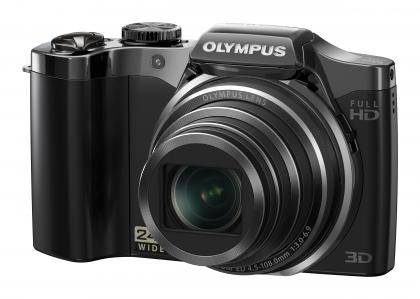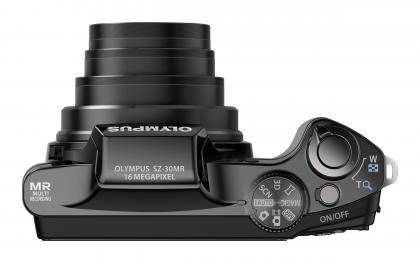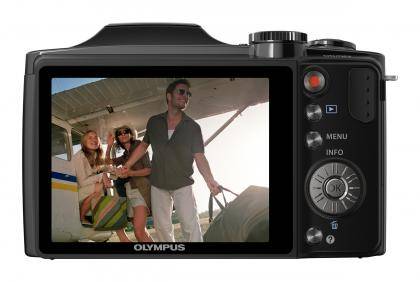It's strangely heartening to have our pessimistic preconceptions proved wrong. We regularly complain about the excessively high megapixel ratings of modern compact cameras, which add little more detail and lots more noise to photos. This year's move from 14- to 16-megapixels made our hearts sink. And then along comes this the SZ-30MR, which packs 16 megapixels into its tiny 1/2.3in sensor and even squeezes a massive 24x zoom into its pocket-sized shell. With such extravagant specifications, our expectations for this model were rock bottom.
We shouldn't have been so cynical. The SZ-30MR's photos were impressively clean and detailed in bright conditions and exhibited surprisingly little noise in darker environments. Meanwhile, the extraordinary feat of miniaturisation to fit a 24x zoom lens into a pocket-sized camera comes with remarkably little compromise in terms of optical performance.

The design is handsome yet practical, with a moulded handgrip that feels extremely secure. We like the manual lever to release the pop-up flash, which ensures that it'll only fire when it's actively called for. The mode dial lacks manual exposure options, but the assortment of scene modes, panorama stitching, creative filters and 3D photography (achieved by slowly panning the camera to capture a stereoscopic image) should prove more popular with most people. The lack of a manual white balance mode is more regrettable, though.

The 3in, 460,000-pixel screen is sharp and bright. A navigation pad that doubles as a wheel sits alongside, and provides quick access to a selection of icons running down the edge of the screen. It's a reasonably quick system, although it'd be quicker if Olympus dispensed with the animations.

Shot-to-shot performance was quick at 1.8 seconds. Telephoto shots were slower, though, as the focus sometimes hunted for a second or two before locking onto its target. Continuous mode didn't live up to Olympus's 7fps claim in our tests, but 5.8fps for five shots is still impressive. However, the digital lens-distortion correction that's applied at other times was disabled to deliver this performance, so wide-angle shots suffered from heavy barrel distortion. An alternative continuous mode avoided this problem and captured at 1.5fps for 12 frames. Yet another mode ran at 5 megapixels and 15fps for 70 frames.
Turn to page 2 for image quality discussion and example shots ...











